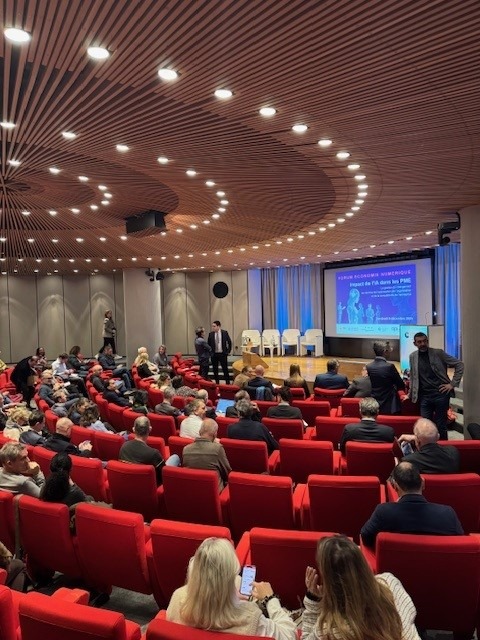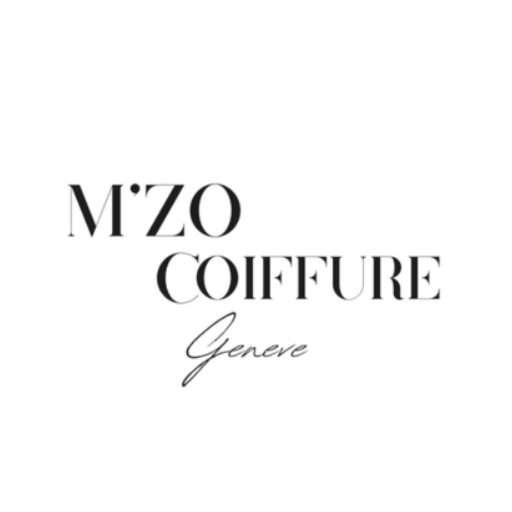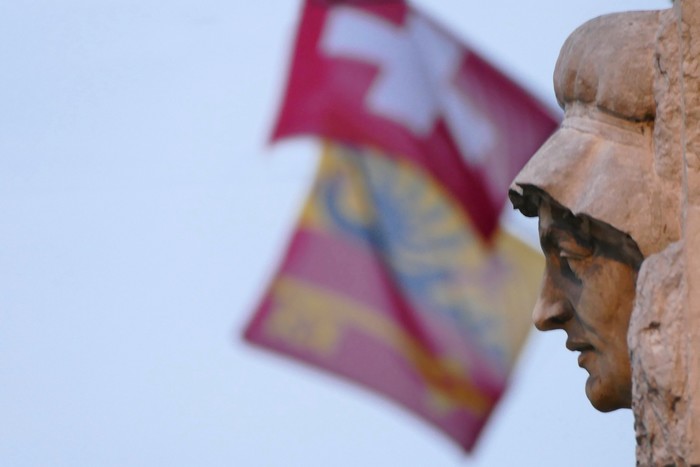 Laughter is universal. Even when unintentional, this temporary disorder infects everyone. Laughter is a sign that we are emotionally, socially and politically connected.
Laughter is universal. Even when unintentional, this temporary disorder infects everyone. Laughter is a sign that we are emotionally, socially and politically connected.
First and foremost, laughter is an essential fuel for many social relationships. It is not only linked to the joy of being together: it creates complicity. "This is one of the essential dimensions of laughter: to see oneself fully exist in one's relationship with others," notes anthropologist and sociologist David Le Breton in an interview for his book, Laugh, An Anthropology of Laughter (published only in French as Rire: Une Anthropologie du rieur).
Laughing Out Loud (LOL)
Laughter is an affirmation of the body. It makes our unconscious exist, it lets forth freedom. And this is precisely why "laughter police" has always existed throughout history, especially in authoritarian regimes and totalitarian states. Laughter was, and remains, the subject of prohibition, a source of suspicion.
"Take the control dimension of laughter,” says Le Breton. “It is then a call to order. Making fun of the 'other', ridiculing him. These are situations of great symbolic violence for a person. As a result, they find himself destitute by laughter towards them".
Associated with blasphemy, laughter is punishable by death, as evidenced by the attack that decimated Charlie Hebdo's editorial staff. There is also a form of obligation to laugh, to behave. So in the heart of these social events or an evening with friends, we laugh to avoid the feeling of being excluded, suspected of non-compliance with the standard.
Laughing bodies
In addition to investigating the "laughing body," Le Breton is a specialist in representations of the human body. His anthropology of the body led to investigating pain, walking, the disappearance of self, silence or risky behaviour. He feels that bodies often manifest themselves in front of us and sometimes at our expense. It reveals that they are deeply rooted in moments of history and in our personal histories.
 There are of course more tragic aspects to laughter.
There are of course more tragic aspects to laughter.
We can quote the character of Gwynplaine with an eternal scarred smile for The Man Who Laughs, a tale by Victor Hugo that pours forth despair and injustice. Laughter thus accompanies distress, violence, superiority and ends at the morgue.
Contempt, absurdity, and resistance
"Laughter is both emancipation and submission, resistance and conformity," says Le Breton. From our multiple and laughing sociabilities to irony, derision, humour, obscene folklore, SMS, and social networks, everything can be made fun of. But laughter is also identified with the tragedy of harassment: laughter that degrades, humiliates, assaults, excludes, crushes, as demonstrated by recent revelations about the sinister Parisian LOL League (Ligue du LOL). Another variant of the stigmatizing laughter during childhood is present in some of the stories of the Swiss philosopher Alexandre Jollien.
 If laughter represents intelligence in the world, it is also a reaction to what oppresses. This is evidenced by the absurdity evoked laughter in Tehran by the Swiss writer Nicolas Bouvier. From the survival strategies at work in burlesque cinema to the debacle of the 1940s and the victims of concentration camps, Le Breton affirms that "at the antithesis of comedy or joy, laughter also emerges in tragic situations as the ultimate elegance in the face of the irremediable when all hope is lost."
If laughter represents intelligence in the world, it is also a reaction to what oppresses. This is evidenced by the absurdity evoked laughter in Tehran by the Swiss writer Nicolas Bouvier. From the survival strategies at work in burlesque cinema to the debacle of the 1940s and the victims of concentration camps, Le Breton affirms that "at the antithesis of comedy or joy, laughter also emerges in tragic situations as the ultimate elegance in the face of the irremediable when all hope is lost."
"The armour of laughter provides a means of resistance. Humour is the weapon of the poor whose entire energy passes to the invention of humorous traits, not for laughter, but to protect. It is, according to the happy expression of French writer Romain Gary, "the weapon of the unarmed men."
Sources:
http://www.usias.fr/en/news-events/news/single-news/article/nouveaux-livres-de-david-le-breton/
https://next.liberation.fr/livres/2018/11/14/rire-le-corps-en-eclats_1692040
https://www.lexpress.fr/culture/livre/je-ris-donc-je-suis_2049219.html
https://www.letemps.ch/societe/david-breton-rire-restaurer-lhumain-dignite
https://lesobservateurs.ch/2019/02/14/ce-que-dit-la-ligue-du-lol-sur-le-petit-monde-des-journalistes/
https://www.letemps.ch/societe/ligue-lol-deux-journalistes-inrocks-ont-licencies
https://www.letemps.ch/culture/ligue-lol-donne-nausee
Photos:
Pixabay


 Laughter is universal. Even when unintentional, this temporary disorder infects everyone. Laughter is a sign that we are emotionally, socially and politically connected.
Laughter is universal. Even when unintentional, this temporary disorder infects everyone. Laughter is a sign that we are emotionally, socially and politically connected.  There are of course more tragic aspects to laughter.
There are of course more tragic aspects to laughter. If laughter represents intelligence in the world, it is also a reaction to what oppresses. This is evidenced by the absurdity evoked laughter in Tehran by the Swiss writer Nicolas Bouvier. From the survival strategies at work in burlesque cinema to the debacle of the 1940s and the victims of concentration camps, Le Breton affirms that "at the antithesis of comedy or joy, laughter also emerges in tragic situations as the ultimate elegance in the face of the irremediable when all hope is lost."
If laughter represents intelligence in the world, it is also a reaction to what oppresses. This is evidenced by the absurdity evoked laughter in Tehran by the Swiss writer Nicolas Bouvier. From the survival strategies at work in burlesque cinema to the debacle of the 1940s and the victims of concentration camps, Le Breton affirms that "at the antithesis of comedy or joy, laughter also emerges in tragic situations as the ultimate elegance in the face of the irremediable when all hope is lost."

